Summary
- D&D offers various settings like Faerun and Eberron, each with unique themes, magic, and enemies.
- Gothic horror is popular and can be explored in D&D through inspiration from movies, books, and games.
- DMs can create their own gothic horror campaign by building lore, carefully selecting foes, prioritizing narrative, and engaging players with the story.
Dungeons and Dragons spread its lore across an entire multiverse, with each different plane and campaign setting providing a completely different experience. In Faerun, players can expect a high-fantasy setting complete with a robust magic system, many different towns and cities, and more mythical enemies that one can shake a fireball at. Ebberon verges more towards steampunk, with mechanical constructs wandering throughout the land.
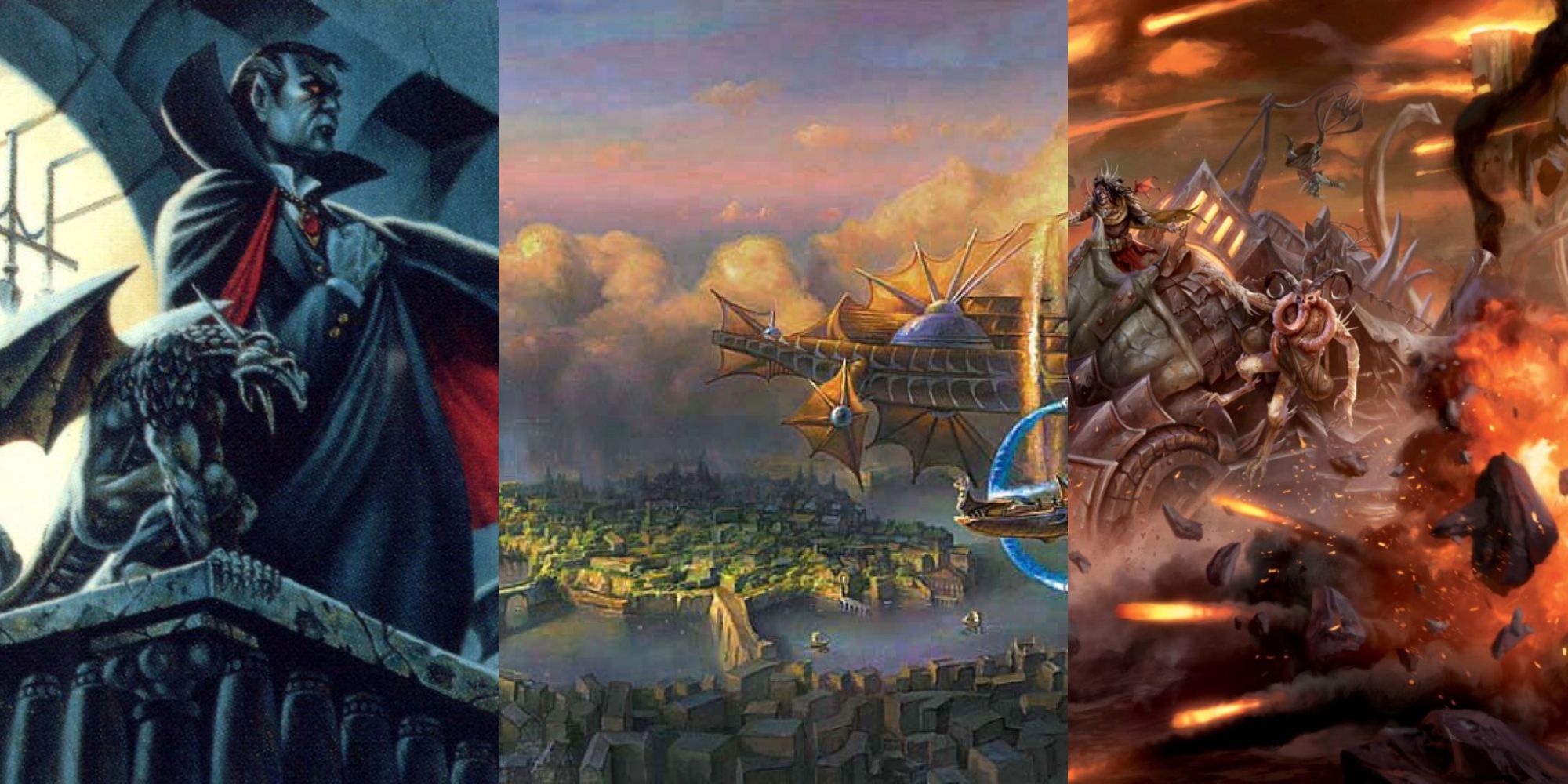
Related
Greatest D&D Campaign Settings, Ranked
Dungeons and Dragons is home to some of the greatest fantasy settings. Here are the best ones, ranked.
As such, there are a wide number of ways players can choose to experience D&D, exploring various themes and genres of their choosing, even horror. Curse of Strahd provides a fantastic gothic horror adventure, but these are tricks and tips DMs can put to use if they want to try their hand at creating their gothic horror campaign.
1
Seek Out Inspiration
Gothic Horror Is A Popular Genre For Movies, Books, And Games
Gothic horror has remained popular, tracing its origins back to the 19th century with works emerging from writers such as Edgar Allan Poe and Bram Stoker, not to mention the penny dreadfuls that were loved by the Victorians at the time. Even now, new movies, games, and even music are released yearly with delightfully dark and dreary overtones.
To nail the right atmosphere and gain inspiration for potential story hooks or NPCs, DMs should consider visiting the wealth of different media available to them, whether it is catching up on some fantastic flicks, reading classic books, or even playing games that verge into the horror subgenre. They could even check out the Curse of Strahd 5e adventure to see how WotC fared, and how they can improve upon it with their own take on a gothic horror campaign.
2
Check Out The Horror Supplement Book
Van Richten’s Is An Invaluable Resource
Many books have been released for the 5th edition of Dungeons and Dragons, providing more options for character creation, such as more spells, subclasses, and backgrounds, but they are also invaluable treasure troves for DMs, with more enemies and settings to use for their homebrew games.
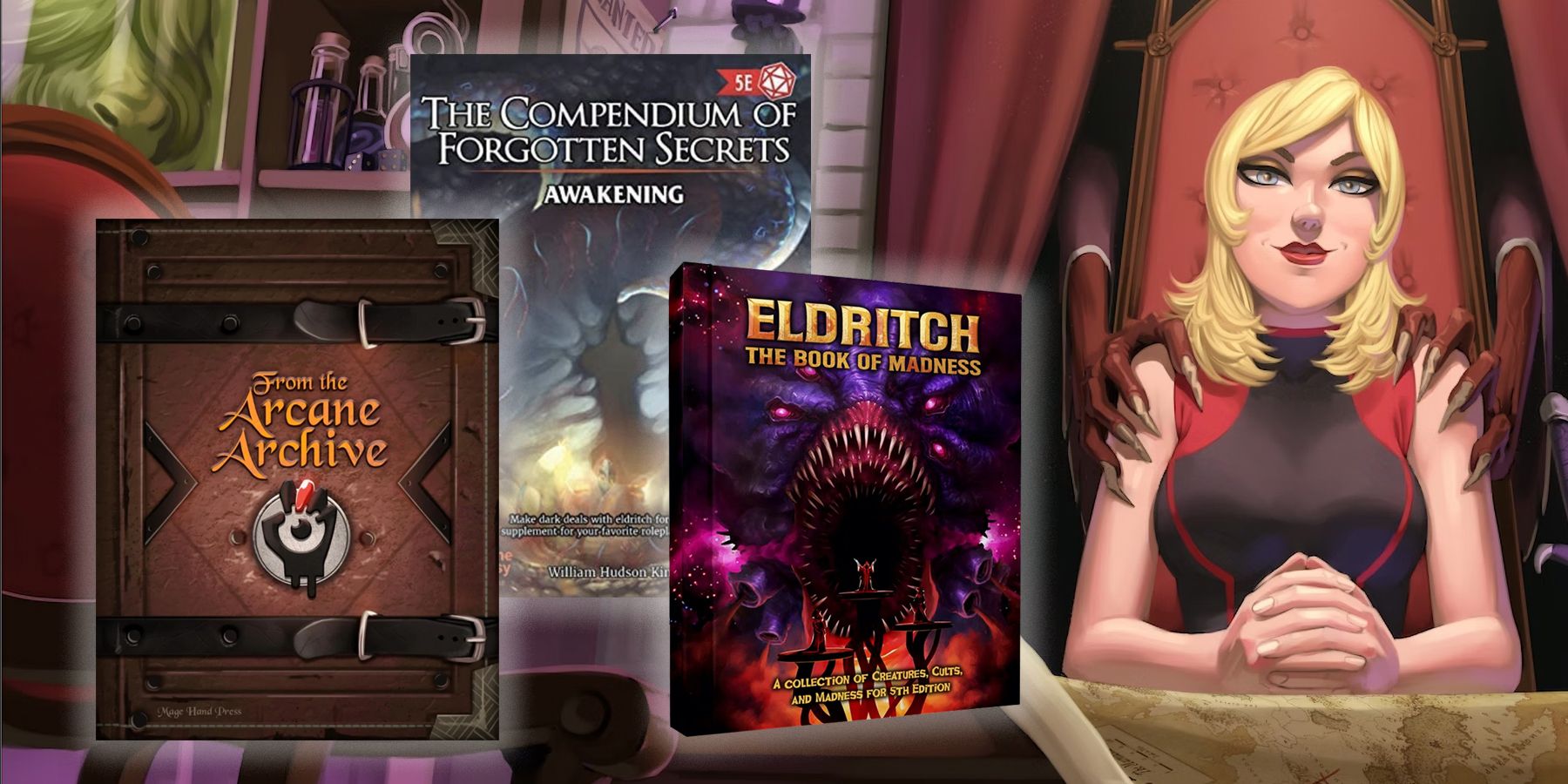
Related
Best Third-Party Books For D&D 5e, Ranked
The world of Dungeons and Dragons offers plenty of content, but these fan-made additions allow players to expand their worlds even more.
Van Richten’s Guide to Ravenloft is one such book, specializing in horror. The book explores the Domains of Dread and their appointed Darklords, enemy stat blocks designed specifically for horror games, and even some pointers for DMs starting their own horror game.
3
Consider Unique World-Building
DMs Should Consider Sprinkling In Their Own Lore
A crucial part of homebrewing a D&D campaign is constructing the world, or worlds, that players will be exploring throughout the game. Even when using an already existing setting, DMs can add their spin on things by developing or changing the lore to better suit the story they want to tell.
For gothic horror games, they could add things to the death mechanic, such as it being irreversible, or everyone who falls rises as an undead no matter who they are, or how they died, or that everyone has an evil duo trapped within mirrors that seeks to replace them in the world. These are just a few examples of small yet unsettling details DMs can apply to their world to immerse the players fully in the experience.
4
Choose Or Create The Right Setting
A Gothic Tale Would Be Lackluster Without Locations To Match
Before eager DMs get started on writing up their lore and mechanics, one key ingredient needed for the perfect gothic horror campaign is the setting. Places such as Faerun and Ebberon would not provide the right setting as they are geared toward different games, but some settings are perfectly suited for this type of game.
DMs can make use of the Domains of Dread in Van Richten’s Guide if they wish, as the groundwork is already laid out for them. But if they wish to try their hand at creating their own settings, DMs need to remember to include locations such as cemeteries, cathedrals, and settlements where people cling to the last dredges of hope. Of course, these will vary depending on what specific tale the DM has in mind, but these are just a few basic ideas they can make use of.
5
Choose The Right Foes Perfectly
The Right Enemies Can Help Set The Tone
With the narrative and setting decided, the next step would be to populate the world. Alongside NPCs, DMs also need to consider the enemies players might encounter in the world, as every Dungeons and Dragons campaign needs combat to break up the story and exploration, as well as challenge the players.
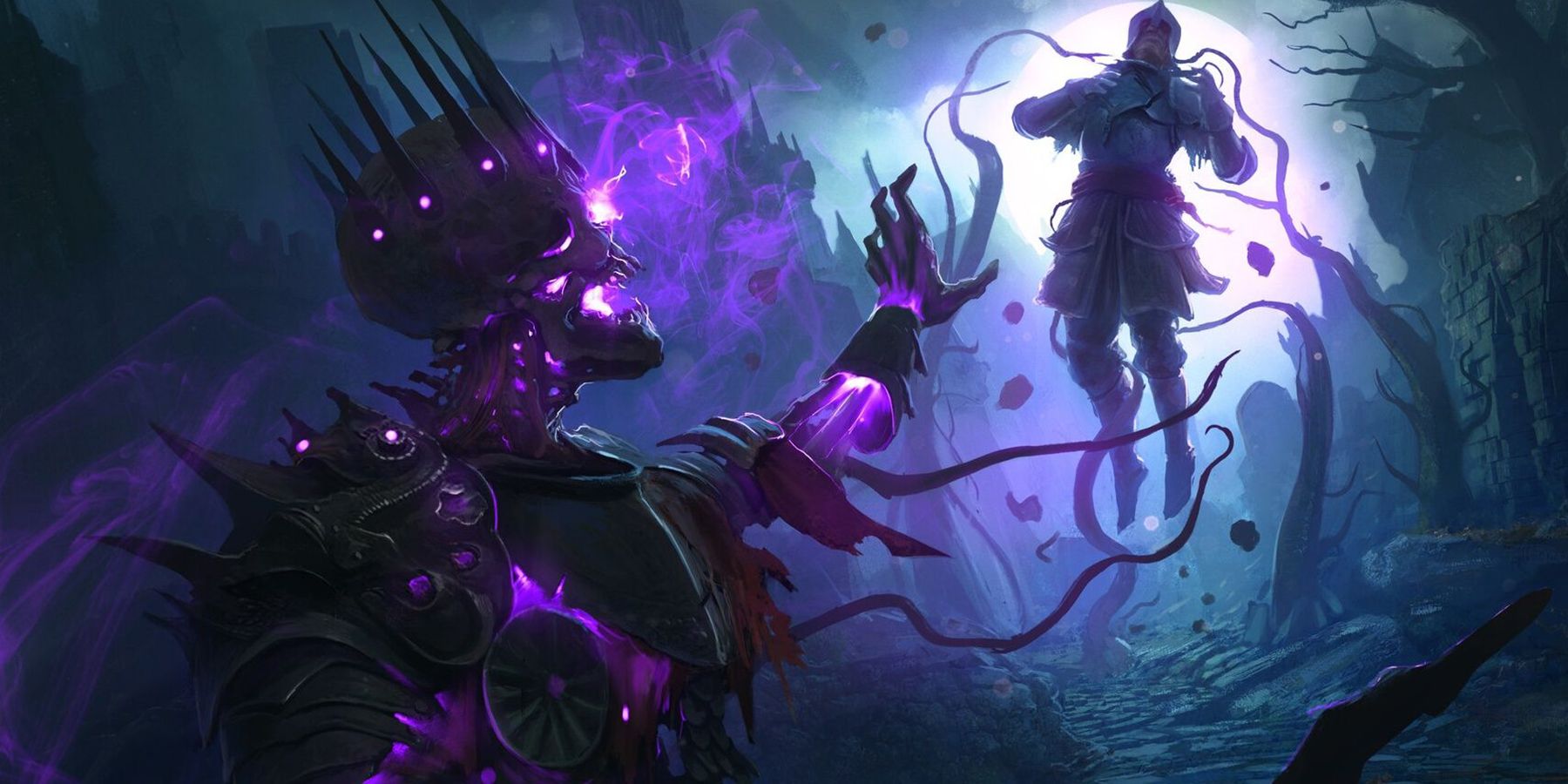
Related
Neverwinter’s Scariest Mobs and the Dungeons and Dragons Monsters That Inspired Them
Neverwinter players have a long list of terrifying monsters to encounter that are all inspired by official Dungeons and Dragons material.
But, DMs shouldn’t just throw in hordes of goblins and call it a day. Instead, they need to carefully select monsters that are appropriate not only for the setting but the narrative. While the selection of enemies will vary, examples can include creatures such as ghosts, banshees, vampire spawn, doppelgangers, and werewolves. Dungeons and Dragons has a plethora of monsters, so if none of these are suitable, DMs are sure to find what they are looking for in books such as the Monster Manual.
6
Narrative And Atmosphere Over Combat
Gothic Horror Comes From The Heart Of The Story
With all that said, combat should not be the main focus of a gothic horror campaign, lest DMs run the risk of turning it into a splatter fest. After all, combat can dispel tension sometimes, especially when higher-level players become capable of rolling over most random encounters.
As such, a gothic horror campaign needs to prioritize the narrative and atmosphere. Describing bone-chilling locations and scenes helps to relay a gothic horror tale more so than throwing countless enemies and puzzles at the players. Also, it is key to tie the players’ backstories into the narrative, as this will directly connect them to the plot, and make it all the more unnerving as they watch the story thread unravel, as well as allowing them the agency needed so they can engage directly with the game.
7
Encourage The Players To Create Appropriate Characters
The Player Characters Need To Make Sense For The Narrative And Setting
Players are a crucial part of any campaign, as without them, the DM would have no one to share the tale with, as Dungeons and Dragons thrives off of corroborated storytelling. As such, it is imperative that the DM works with players during character creation, especially newer players who haven’t quite sussed out all the ins and outs of D&D. And when DMs have a type of story in mind, collaborative character creation becomes even more important.
Of course, players should not be totally restricted by what character they want to play, but they should be appropriate for the game the DM has in mind. For example, a muppet-born with a penchant for playing hilarious pranks on others might not exactly be the best fit for a campaign based in a dark and brooding world ravaged by an outbreak of bloodthirsty vampires, for example. Instead, encourage them to save those less serious campaigns.
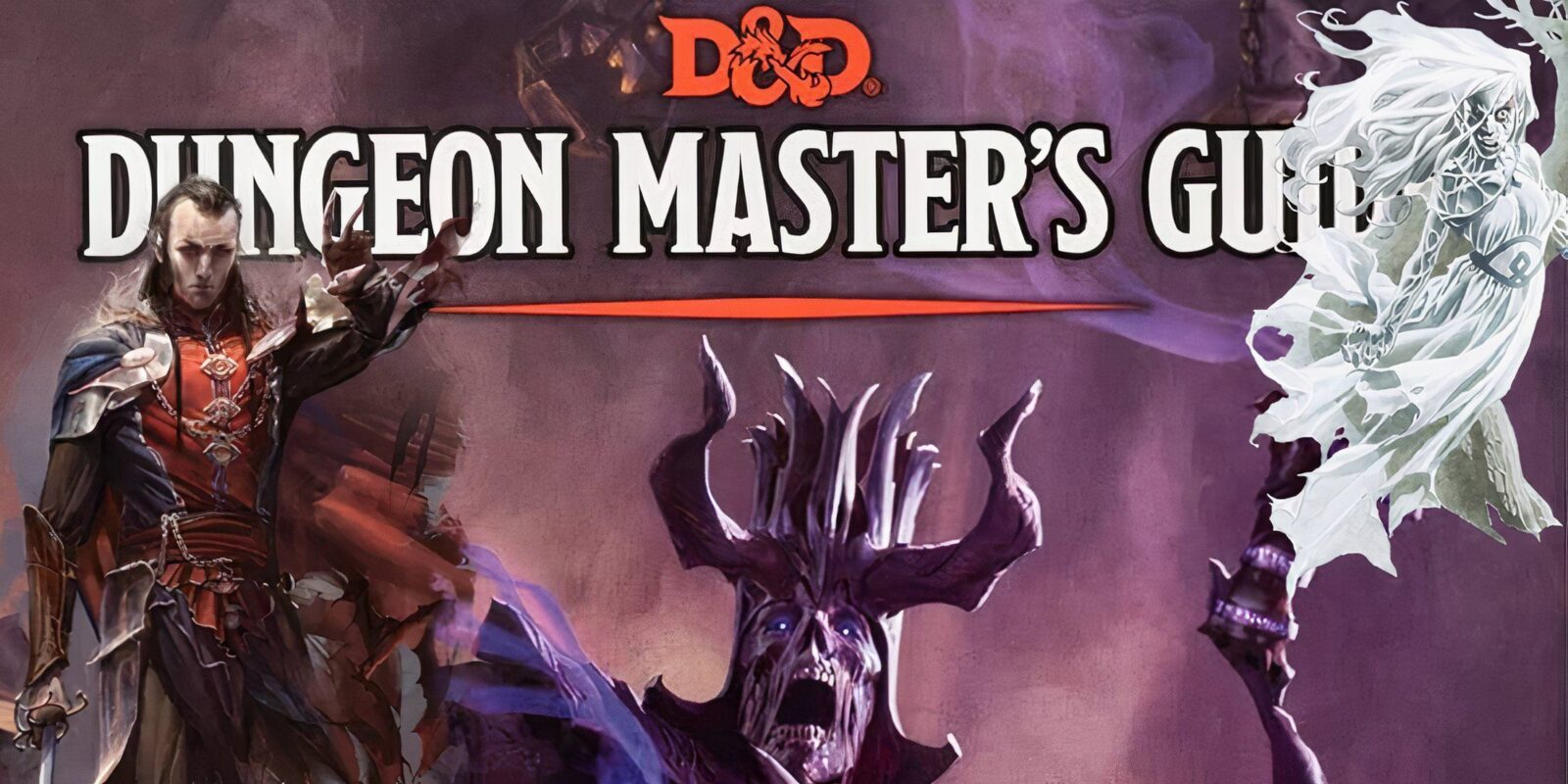
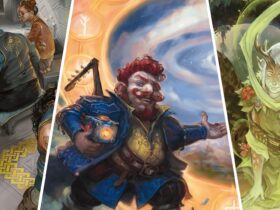
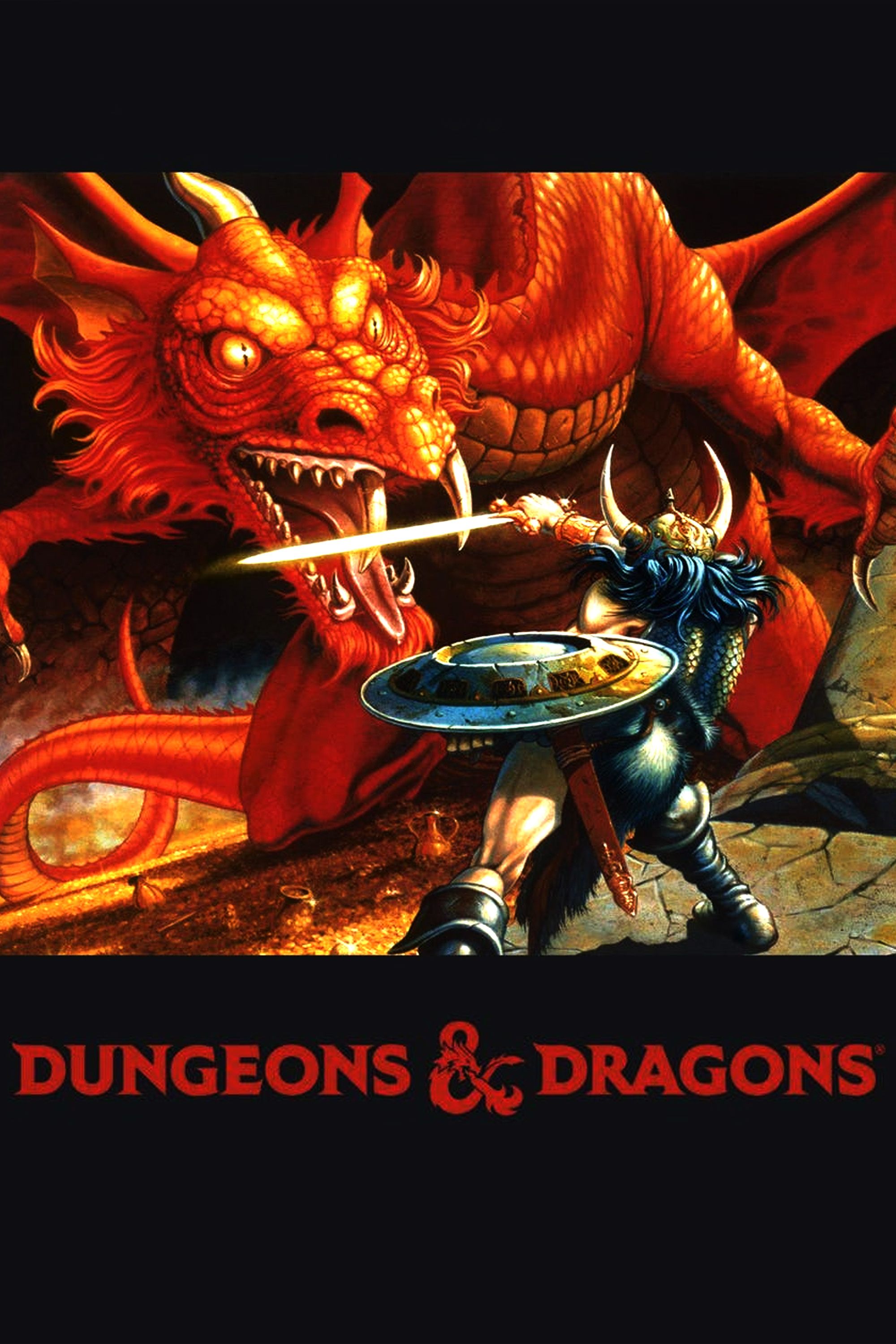



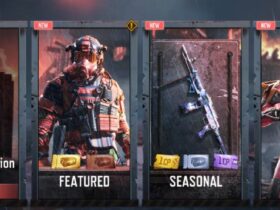
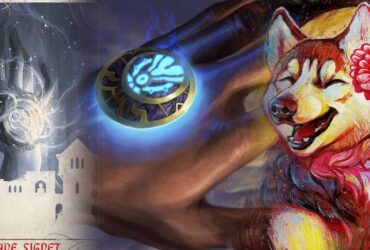
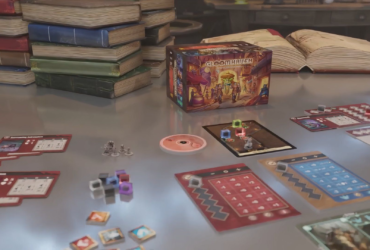
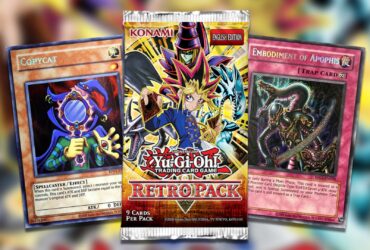


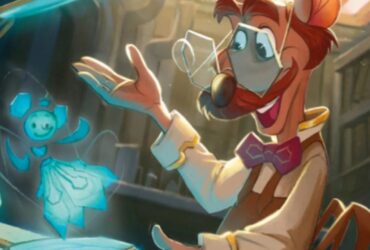
Leave a Reply